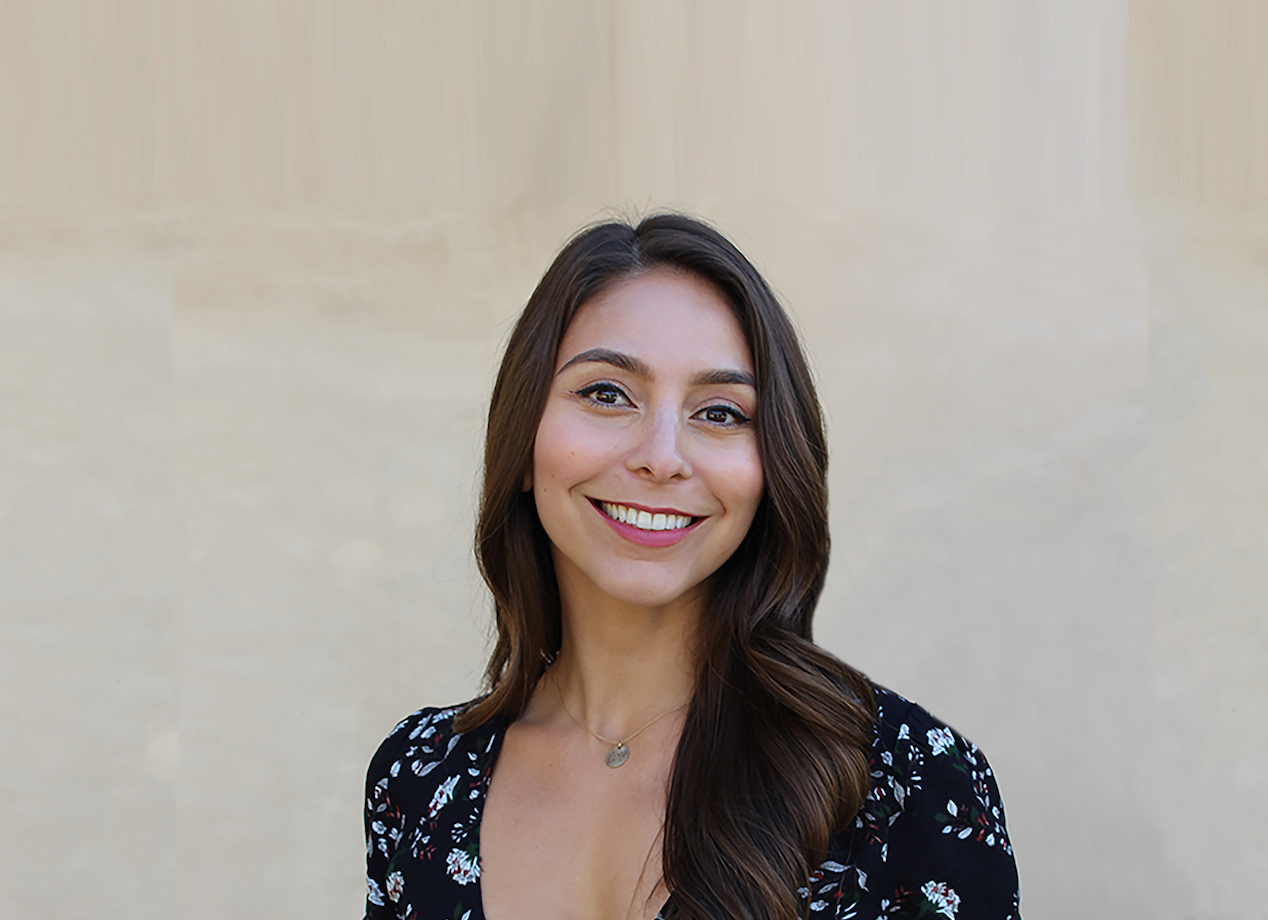Meet Lauren Siry
Director
1805 Gallery
MA Contemporary Art, London, 2017
What is your current position, what are your responsibilities?
I own and operate 1805 Gallery, an artist studio and exhibition space that features emerging and mid-career artists who explore unique concepts through painting, drawing, sculpture, installations, and digital work. I coordinate and produce exhibitions, workshops, artist talks, and residencies with local and international artists.
As the Owner, Director, and Curator of 1805 Gallery, my responsibilities range widely. However, my focus is managing all operations for exhibitions and residencies including research, correspondence, contracts, loans, shipping, insurance, condition reports, installation, maintaining budgets and deadlines, and producing social media content.
How has your career evolved since you graduated from Sotheby's Institute?
Since completing the MA program, I have focused on expanding the exhibition programming at 1805 Gallery and facilitating relationships between artists and businesses in order to develop a financially supportive arts network in San Diego. I aim to demonstrate to local businesses that funding artistic projects is an investment that will enrich their business and engage their customers.
I continuously seek to develop alternative programming and exhibition opportunities for emerging artists and art professionals. For instance, I am currently working with private art collectors, a boutique hotel, a national restaurant group, and a development company, selecting artists from the local community to generate artistic interventions that create unique encounters in everyday spaces.
The off-site projects enable a greater reach beyond the Gallery and allow me to act as an advocate for artists. I collaborate with artists to design public murals, complete private commissions, and participate in events that feature their developing practice.
In collaboration with the Porto Vista Hotel, I have developed an art program that showcases contemporary artists throughout the hotel, creatively activating unusual and unlikely spaces. For example, in April I launched Conveyor, an exhibition series that transforms the hotel elevators into exhibition sites.
In Spring of 2019, I will launch a residency program at the hotel that invites national and international artists and curators to explore research-led and practice-based projects that promote new perspectives and active learning. The Porto Vista Hotel Artist and Curatorial residency focus on the importance of the artist and curator as an agent of cultural reflection and progression while positioning the hotel as a unique cultural contributor. These projects are ways to engage spaces creatively and generate energy within the community.
How did you come to your current position?
After I received my Bachelors of Fine Arts degree from Tufts University and the School of the Museum of Fine Arts in Boston, I returned to San Diego determined to continue my art practice. In 2012 I located the 115 square foot space in Little Italy and used it as my art studio, which later became 1805 Gallery. Despite the limited square footage, I used the space as my art studio and started organizing art shows that featured other local artists.
For a few years I was balancing 1805 Gallery and a full-time position as Curatorial Assistant and Registrar at a non-profit art institution, until I decided to pursue my Masters in Contemporary Art at Sotheby’s Institute of Art in London, where I specialized in contemporary art history, curating, and strategic management for the art world.
How did your time on the MA program prepare you for what you are doing now?
In addition to offering a built-in arts network, Sotheby’s MA curriculum explores significant moments and artists in history, introducing critical debates in contemporary art, which I was unaware of previously.
I was encouraged to creatively and critically analyze art considering social, political, and economic issues that were relevant to its period. This critical awareness informs exhibitions at 1805 Gallery and larger curatorial projects organized off-site.
Intimate seminar groups and object-based learning improved my communications skills significantly. I found the lectures and seminars to be an excellent platform to unpack challenging concepts encountered in the assigned reading. The program introduced a new vocabulary that granted me access to a larger global conversation.
Off-site group visits were also crucial in establishing a deeper understanding of the artwork.
What was your favorite part of the program and what was most relevant to the role you have now?
The most memorable moment took place whilst on a group trip to K21 in Dusseldorf, Germany. Upon arrival, students were instructed to spend a brief moment with an assigned artwork from the collection. Each student was asked to produce an oral presentation of the work for the other students and lead professor. As I began to focus and describe Chiharu Shiota's installation A Long Day, my initial anxiousness washed away. I addressed the work, the artist’s practice, and its historical context with ease and confidence. I felt empowered by the fact that I could easily retrieve information that effectively communicated the potential meaning of the work. I find myself in this role daily, communicating the nature and significance of an artwork to students, collectors, and peers.
